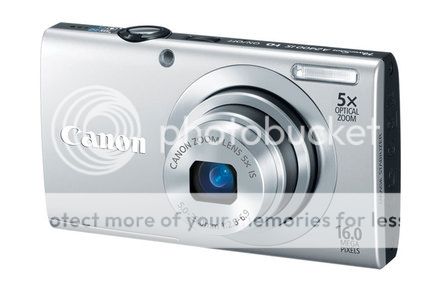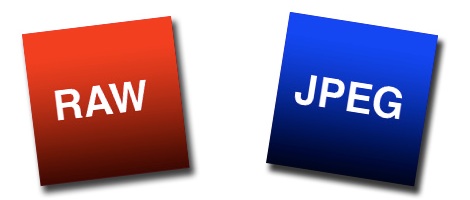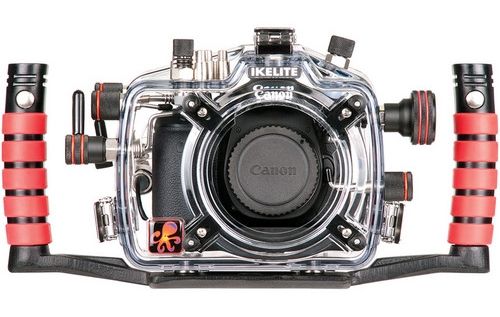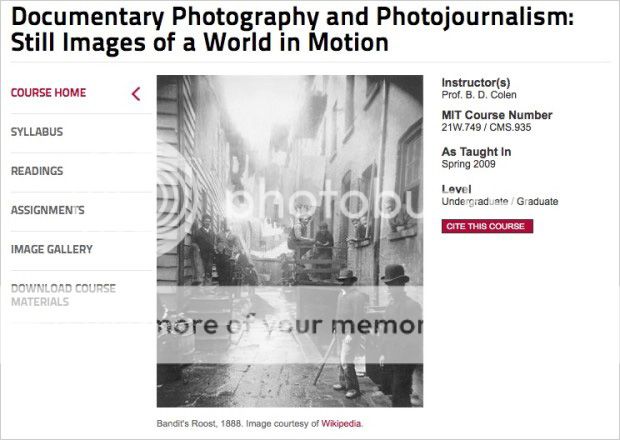Follow us:
Canon Scores High On Two Prominent Green Business Lists
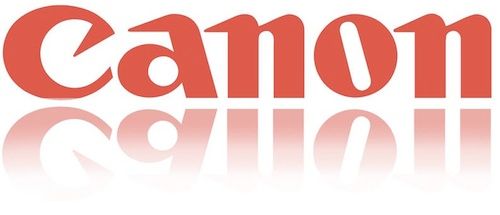
Canon press release:
Canon Awarded Top Honors for Environmental Efforts
Canon Scores High on Two Prominent Green Business Lists
MELVILLE, N.Y., July 22, 2014 – Canon U.S.A., Inc., a leader in digital imaging solutions, today announced two prestigious green rankings that Canon has been awarded for their environmental and sustainable efforts. Canon has placed 26 out of 50 on Interbrand’s 2014 Best Global Green Brands, and 125 out of 500 onNewsweek‘s 2014 Green Rankings, placing the Company in the top 25 percent forNewsweek‘s 2014 list.
“For companies that manufacture and ship products worldwide, environmentally conscious operations are especially challenging, which is why Canon is honored to be included in both Interbrand’s Best Global Green Brands and Newsweek‘s Green Rankings,” said Joe Adachi, chairman and CEO, Canon U.S.A. “Canon is committed to the environment through our resource conservation efforts, – from research and development to sales and distribution.”
Interbrand’s Best Global Green Brands and Newsweek‘s Green Rankings are created using publicly available data. Both take a variety of factors into account from quantitative environmental performance figures like energy consumption and greenhouse gas emissions, to more subjective information like market perception and reputation.
Through a generation green initiative, Canon has established numerous sustainability initiatives, including an office equipment recycling program and toner cartridge recycling program that has collected approximately 240,000 tons of empty toner cartridges around the world. Canon is also among the first office equipment manufacturers to partner with the Environmental Protection Agency (EPA) in its ENERGY STAR program and among the first manufacturers with qualifying products for a Gold rating in the new imaging equipment category of EPEAT®, the global registry for greener electronics. In February 2014, Canon Americas Headquarters in Melville, N.Y. was awarded LEED® Gold certification and is the largest commercial property on Long Island to accomplish this milestone.
Created in collaboration with Deloitte Consulting, this list examines the 100 companies included on Interbrand’s annual Best Global Brands report. Each qualifying brand undergoes an assessment of both market perception and actual environmental performance across six pillars – governance, stakeholder engagement, operations, supply chain, transportation and logistics, and products and services. Interbrand also conducts a survey of more than 10,000 consumers worldwide to gauge consumer perceptions of companies’ green activities and reputation.
Compiled by the magazine’s editorial staff through insightful data from industry experts and the research firm Corporate Knights Capital, this list evaluates the 500 largest global publicly-traded companies on their environment performance including energy consumption, greenhouse gas emissions, water consumption and use of recycling. Other factors include the company’s reputation for sustainability, the link between executive compensation and achievement of environmental performance targets, and the presence of a sustainability committee.

